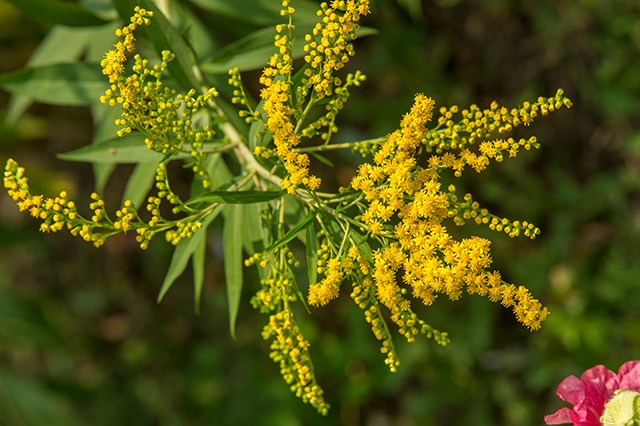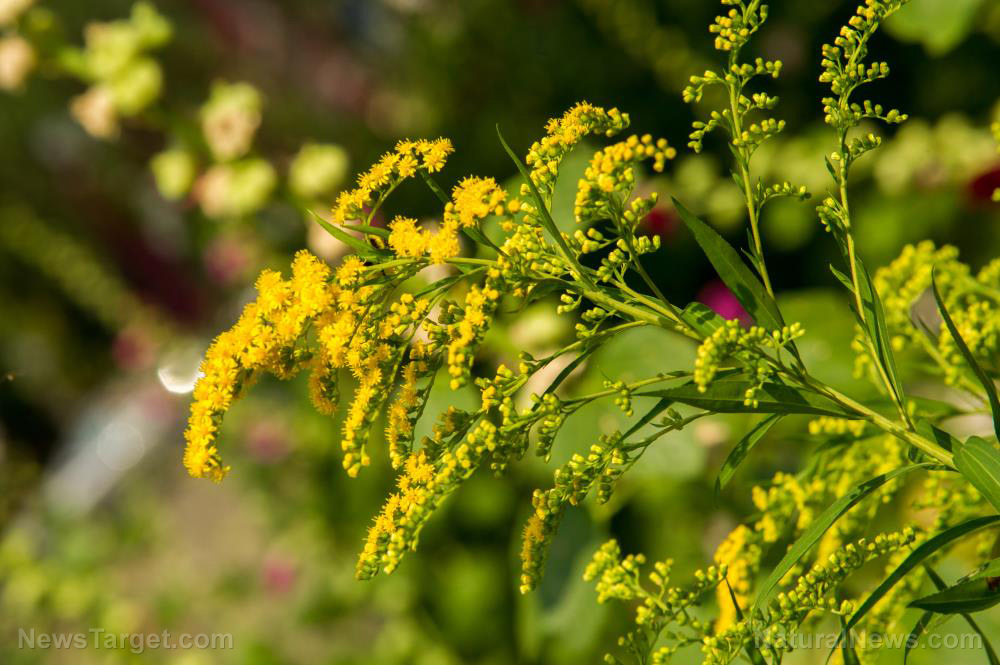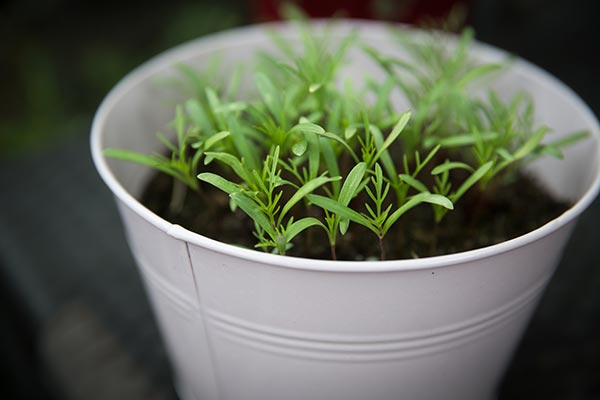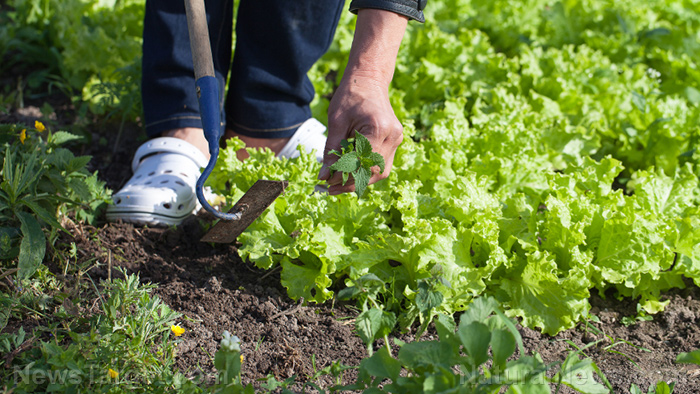How to dress a whole chicken from start to finish
05/29/2020 / By Mary Miller

When living off the grid, raising poultry can supplement your food supply with a convenient source of protein. Of course, that means you won’t be getting a pre-cut chicken like you would at a grocery store. You’ll have to prepare the chicken from scratch, which is why dressing a whole chicken is an important survival skill that every prepper worth his salt should know. Learn how to dress a whole chicken from start to finish by following this simple guide. (h/t to AskAPrepper.com)
Note that while this guide mentions only chickens, the same methods can be used to prepare other types of poultry, such as ducks, geese and turkeys. (Related: The top sources of protein in a survival homestead.)
Killing the chicken
Slaughtering a chicken is often a messy task, but with enough practice, you should be able to swiftly and efficiently sever a chicken’s head from its neck while causing minimal pain to the animal. You’ll first want to tie its feet together and hang it upside down to keep the chicken secure. To manually sever the chicken’s head from its neck, simply hold the chicken close to your body with your left hand and place your right index and middle fingers on either side of the chicken’s neck, just where it meets the skull. Grip that part tightly, and with a forceful motion, pull the chicken’s head downwards until you hear an audible pop.
This method is preferable to killing the chicken by chopping its head off with a sharp ax or knife. Manually severing its head first can help prevent an unfortunate scenario wherein the chicken splatters blood everywhere while flailing around until it bleeds out. This is because the chicken’s autonomic nervous system remains active even after being beheaded, so it can keep thrashing about due to a sudden surge in adrenaline. Once the chicken has completely stopped moving, untie it and take it down before using a clean, sharp knife to slit its throat and drain its blood. Then, you can cut off its head with a butcher’s knife or a sharp pair of shears.
Plucking the chicken
The next thing you’ll want to do is to pluck the feathers off your chicken. The easiest way to do this is to first loosen the feathers by scalding the whole chicken. Fill a large cooking pot with water and bring it to a boil. Once the water reaches the desired temperature, take the chicken by the feet and plunge it head first into the water. Keep the chicken submerged for around 30 to 45 seconds, but not longer than a minute as you don’t want to cook the chicken. Be sure to wear protective gloves to avoid burning your hands. After soaking the chicken, the feathers should come off easily. You can then pluck the feathers by hand or use an automatic plucking tool if you have one.
Gutting the chicken
After plucking and cleaning your chicken, the next step is to remove the organs. The tail of the chicken contains a scent gland that produces a pungent and inedible oil. With your sharp knife, carefully make a clean, circular cut to remove the tail and scent gland. It is important not to cut too deeply as this may puncture the intestines and accidentally contaminate the meat with bacteria. Next, slice the skin around the butt to create an opening into the cavity of the body. Pull the chicken open and reach in with your hand in a flat position. Slowly close your hand around the guts and pull them out gently until every bit is removed. Take extra care not to rupture the gall bladder as its bile may spill onto the meat and make it bitter. Remove the chicken’s crop, gizzard, liver, heart, lungs and any remaining viscera. Then, rinse the chicken inside and out and pat dry. Now your chicken is ready to cook or freeze for later.
Get more survival food preparation tips at EmergencyFood.news.
Sources include:
Tagged Under: animal protein, chicken, emergency food, food supply, homesteading, how-to, off grid, Poultry, preparedness, prepper, prepping, prepping tips, recipes, self sufficiency, SHTF, survival, survival foods, survivalist, sustainable living
RECENT NEWS & ARTICLES
Homesteading.News is a fact-based public education website published by Homesteading News Features, LLC.
All content copyright © 2018 by Homesteading News Features, LLC.
Contact Us with Tips or Corrections
All trademarks, registered trademarks and servicemarks mentioned on this site are the property of their respective owners.


















